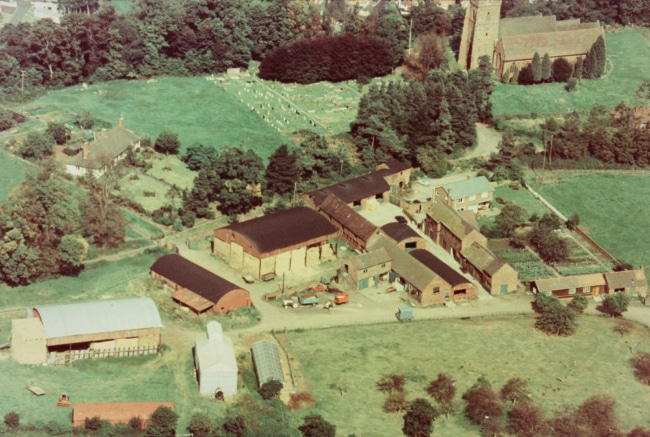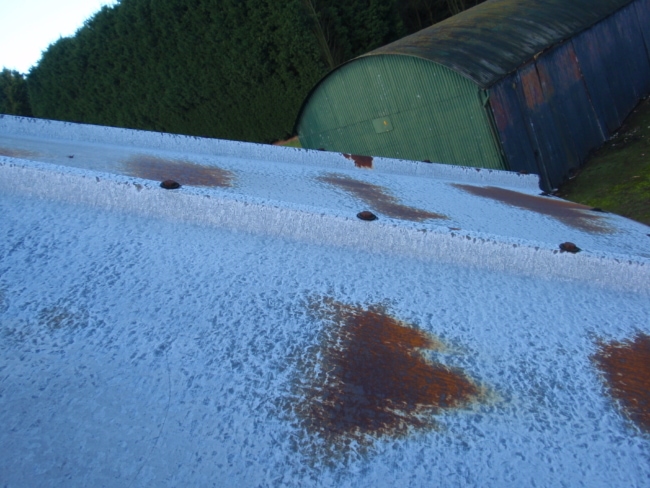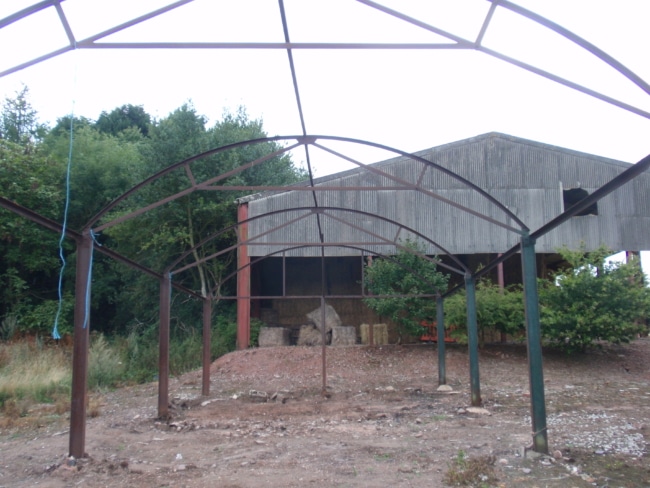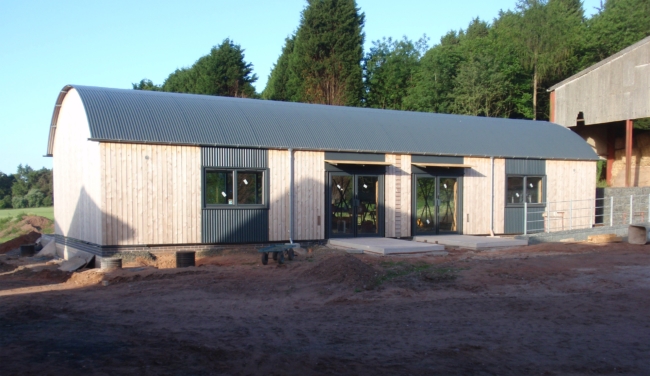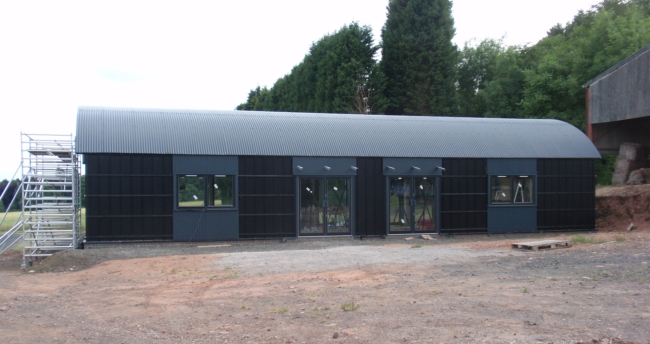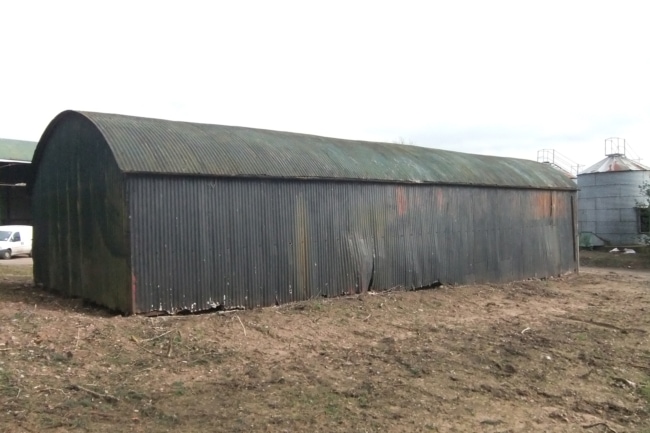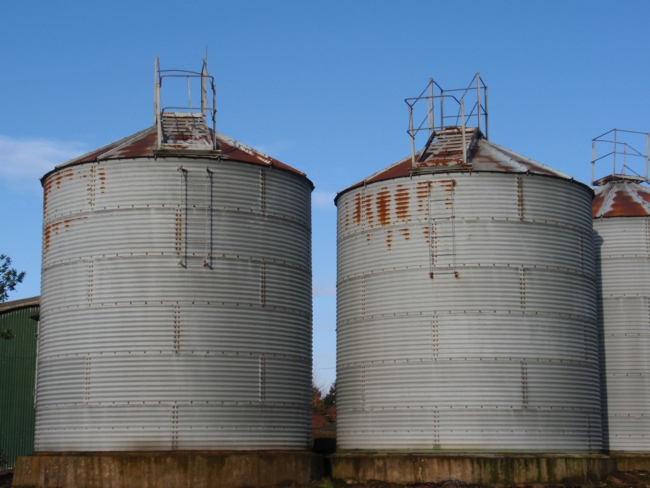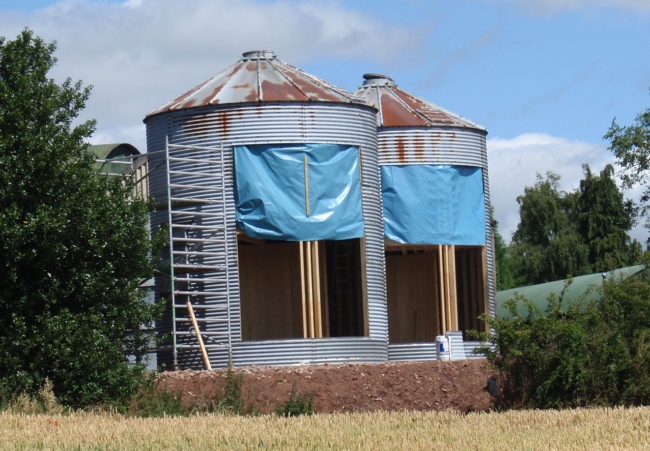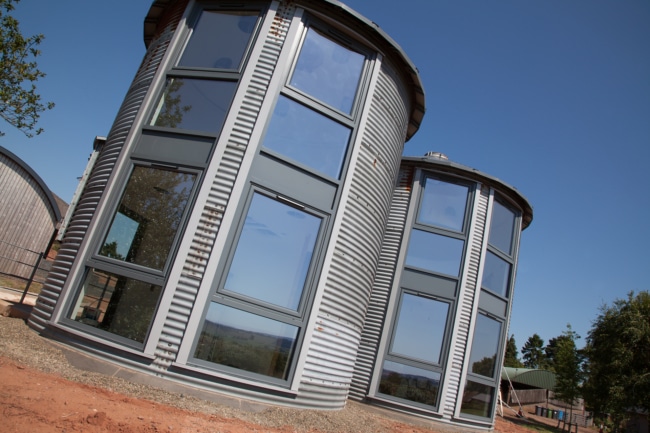Following the purchase of Hill Farm in 2010, The name was changed to Granary Farm which now comprises approx 150 acres. Arable crops such as wheat, barley, oats, and rapeseed are grown annually. Environmental issues are of major concern to Granary Farm, together with a passion for making the farm a viable and sustainable rural business that is fit to meet the major challenges facing farming in the next few years.
Hill Farm was purchased by Simon Guinness in 2010 from the family of the late former owner, Major Michael Webb.
The Webb family have a long history in the area dating back to the 1850s when Edward Webb and Sons were founded. Over the following decades, it became a large concern with land associated with the production and cultivation of seeds exceeding some 17,000 acres in the Kinver and Wordsley area.
By the 1890s Webb and Sons had been appointed seedsmen to Queen Victoria and had become a household name around the UK. Webbs have been appointed seedsmen to every monarch in succession from Queen Victoria.
The business was described in their 1889 catalogue as “The Queen’s seedsmen” and gave local names to their seeds which include such names as Wordsley Wonder, Kinver Gem, Kinver Monarch and Stourbridge Glory Potatoes.
Webb's nursery at Wordsley was a local landmark that was demolished in the 1990s to make way for a development of flats. It was located adjacent to the canal, opposite the famous Stuart Crystal Red House Cone.
History of the Buildings
Two buildings survive on the farm which was used extensively in the seed business. One is large timber and corrugated iron building that was used as a seed packing shed.
The other is a redundant military pre-fabricated wooden building that was erected at the end of the Second World War and was known as the ‘laboratory’ and used to conduct experimental seed germination. At the moment we are simply conserving the condition of these historically valuable buildings whilst looking at a long term sustainable solution to their survival.
